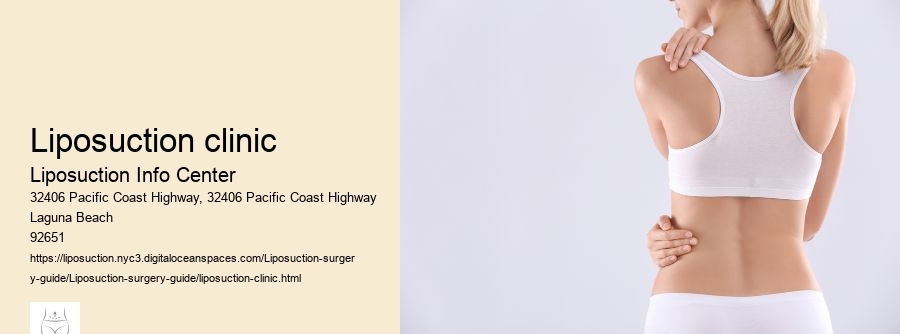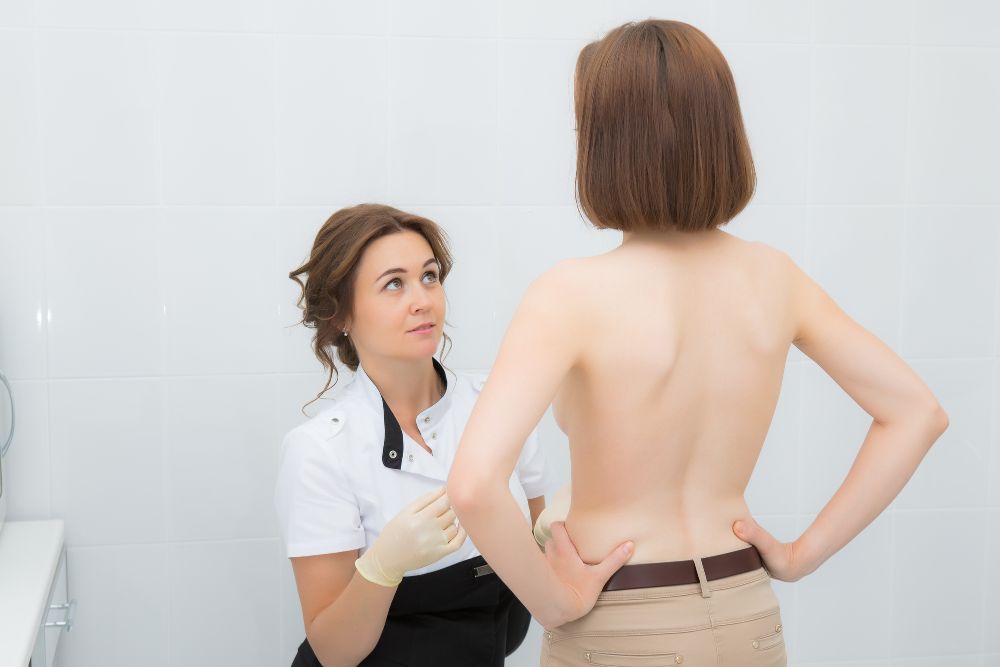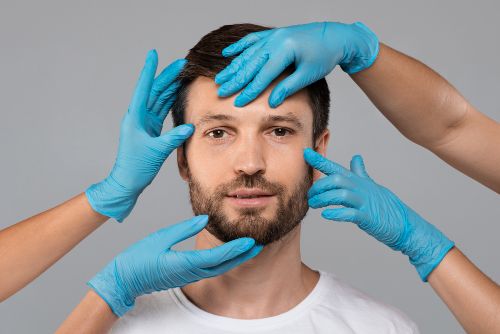
Liposuction clinic
liposuction near me
Healthy, balanced eating habits can prevent weight gain. Avoid bread and pasta as they can cause weight gain. Instead, eat whole grains and fruit. Your primary doctor will help you choose the right diet.
Lipomas are benign fat growths.
Furthermore, the higher your BMI, the more likely your liposuction will need to be paired with skin removal. Skin removal necessitates surgical excisions, which must be restored. Excision line sewing will take longer to finish because it is done very methodically and in several layers.
Liposuction



